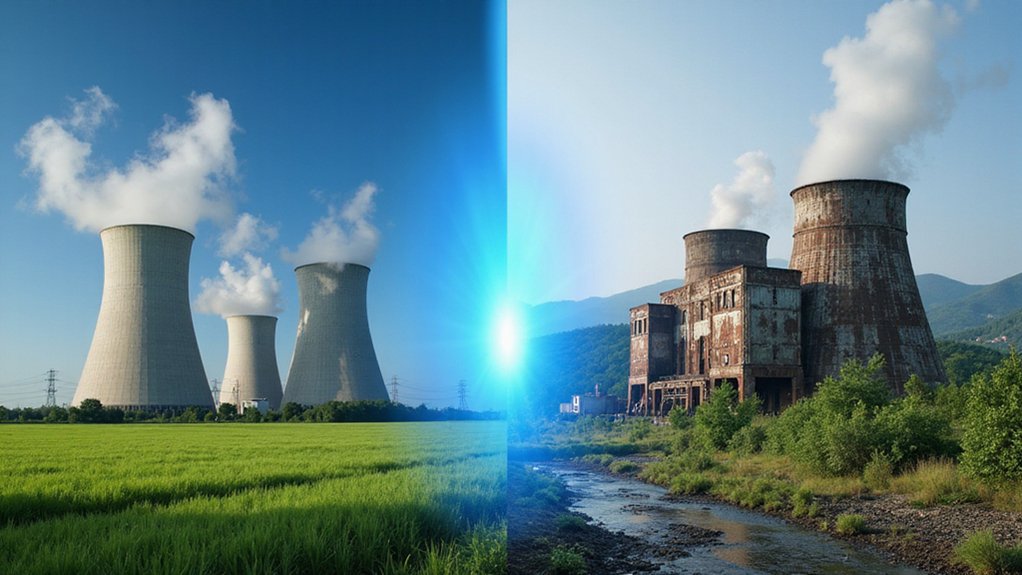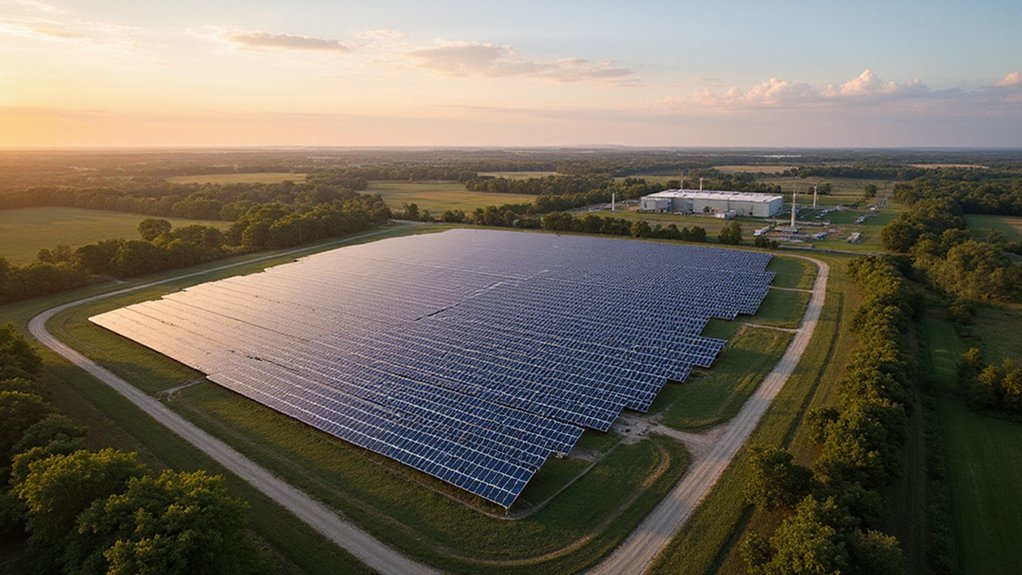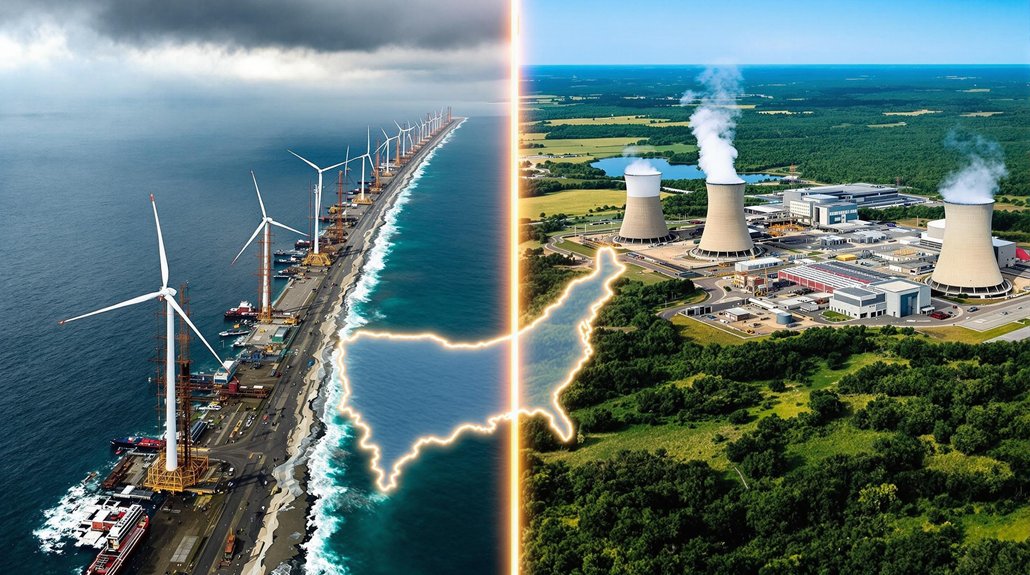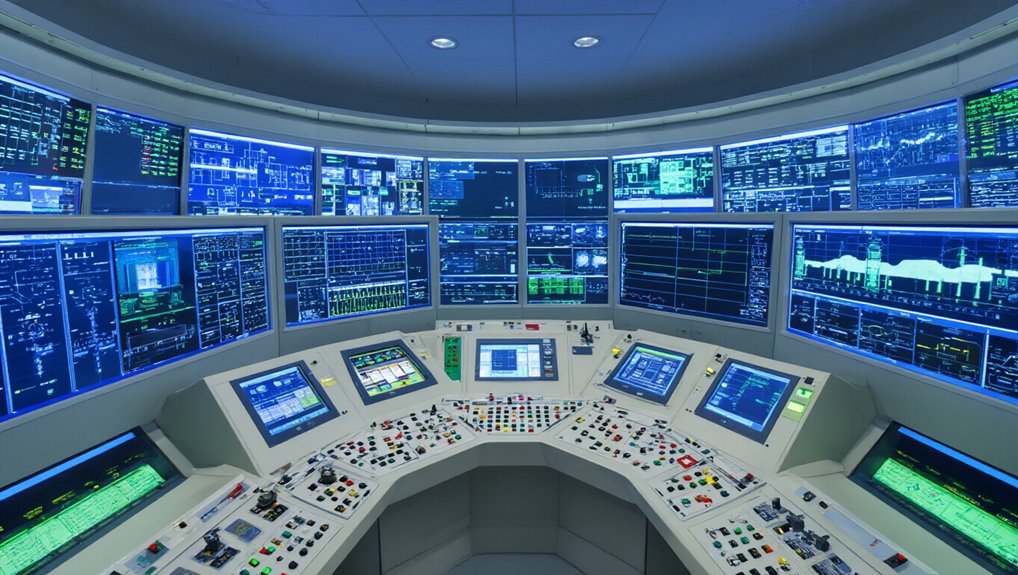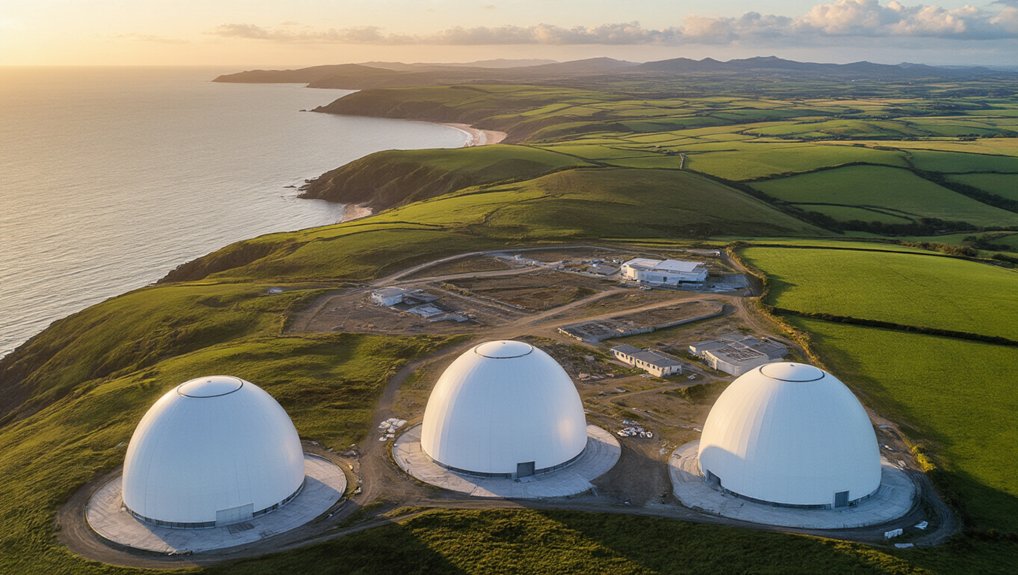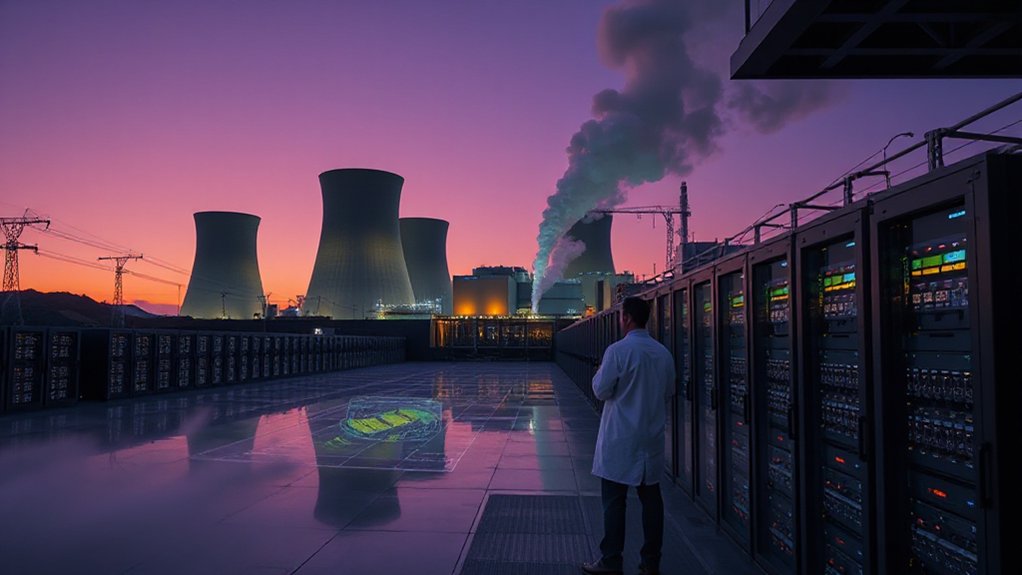As the global hunt for cleaner energy intensifies, nuclear power is staging a comeback that few saw coming. Global nuclear generation is expected to grow by almost 3% annually through 2026, hitting an all-time high by 2025. That’s right – nuclear is hot again. Currently generating about 9% of the world’s electricity from roughly 440 reactors, nuclear is projected to be 10% higher in 2026 than it was in 2023. Not too shabby for an energy source that was practically written off after Fukushima.
Nuclear’s unexpected revival is generating serious buzz, with growth projections that would make even skeptics do a double-take.
Some countries never gave up on the atom. France gets a whopping 70% of its electricity from nuclear, while Ukraine, Slovakia, and Hungary get about half. Fourteen countries produced at least a quarter of their electricity from nuclear in 2023. Japan, once bitten twice shy after its nuclear disaster, is crawling back to reactors to keep the lights on.
Why the renewed love affair? Simple. Nuclear provides about a quarter of the world’s low-carbon electricity. And with global electricity demand expected to accelerate to 3.4% growth annually from 2024 through 2026, something’s gotta give. China, India, and Southeast Asia are energy-hungry, and they want it now.
The nuclear industry is scrambling to meet demand. More than 70 gigawatts of new capacity are under construction globally – one of the highest levels in three decades. Small modular reactors are the new darlings of the industry. They’re cute, they’re compact, and they might just work. Beyond conventional power plants, nuclear technology is also used in marine propulsion reactors for submarines and large naval vessels across major militaries. The first commercial SMRs are expected to come online by the mid-2030s, offering more flexibility through prefabricated designs that can be assembled on-site.
But let’s not kid ourselves. Nuclear still faces monster challenges. Projects routinely blow past budgets and deadlines. Financing is a nightmare. And the supply chain for building and fueling reactors is about as reliable as a chocolate teapot. Record temperatures in 2024 have only intensified the need for low-emissions sources like nuclear to meet surging electricity demand while limiting carbon dioxide growth.
References
- https://www.iea.org/reports/global-energy-review-2025
- https://world-nuclear.org/information-library/current-and-future-generation/nuclear-power-in-the-world-today
- https://www.world-nuclear-news.org/articles/nuclear-output-to-reach-new-record-by-2025
- https://www.iea.org/news/a-new-era-for-nuclear-energy-beckons-as-projects-policies-and-investments-increase
- https://www.nuclearbusiness-platform.com/media/insights/10-major-nuclear-energy-developments-to-watch-in-2025
